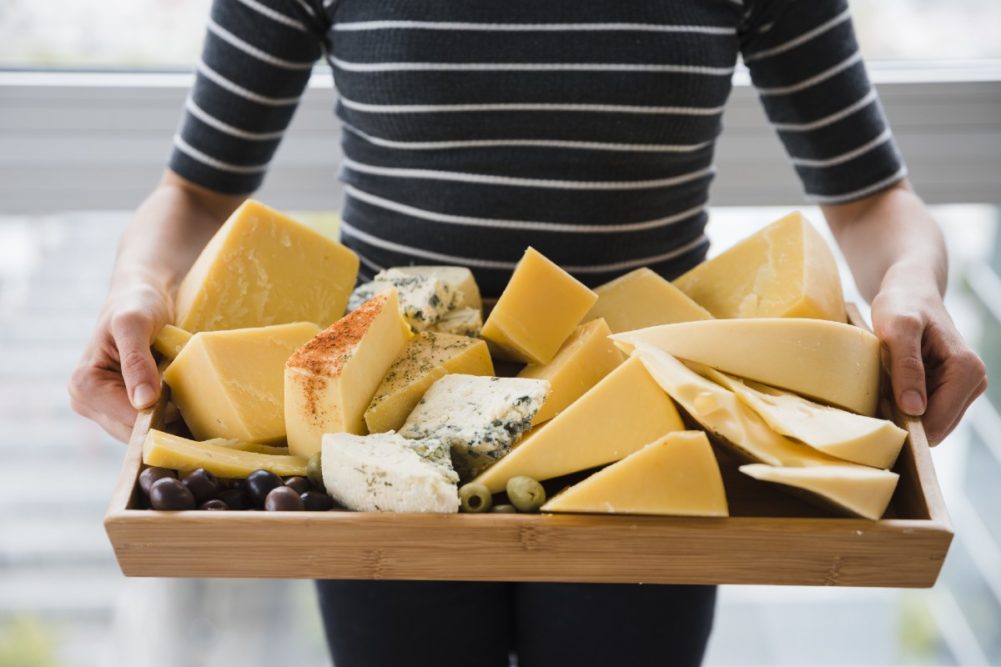There’s a big difference between eating cheese and cheese tasting, according to Wisconsin Cheese, the brand name of the Madison-based Dairy Farmers of Wisconsin.
Grocery retailers that grasp that fact are well on the way to creating cheese sampling programs that pull customers into the instore deli and keep them coming back.
“To be clear, we believe in enjoying the majesty of cheese in whatever way you like, but in order to appreciate the full spectrum of sensory experiences a cheese can offer you, you must train in the art of cheese tasting,” according to Wisconsin Cheese. “Picture yourself as a sommelier of cheese.”
Retailers committed to an effective cheese sampling program need to remember to engage four of the five senses.
Sight
The cheese tasting journey starts with the eyes. Before you even touch the cheese, visually take in its appearance with your eyes. What does the texture look like? What color is the rind? Are there any cracks or veins of color? Consider this an ocular pat down.
Touch
The next step on the journey is touch. Getting a tactile feel for the cheese influences your perception of taste. Is the cheese hard or soft? Light and crumbly, or dense and hard? These tactile cues can help you pin down cheese characteristics like aging and the type of rind.
Smell
Take a deep breath in through your nose. Right this moment, millions of neurons in your brain are dissecting all the smells around you and telling you what’s what. Smell is one of our most developed senses, so it should come as no surprise that around 80% of our “taste” actually comes from “smell.” When smelling cheese, make sure you keep some distance between the cheese and your nose — some nose-kicking cheeses like limburger or muenster pack a wonderful but stinky punch. You can also slowly wave your hand towards your face, gently wafting those beautiful aromas right into your olfactory system.
What kind of smells should you be looking for? Cheesemongers keep an eye out for these notes: lactic (milky), grassy, fruity, floral, nutty and earthy.
Taste
Finally, the part any cheese enthusiast has been waiting for. Resist the temptation to start with a big chunk. You want a small piece that can comfortably sit on your tongue and move around your mouth. It might help to close your eyes so you can really focus on the dance of flavors.
Trying to pin down all the particular flavors you’re experiencing can be challenging, or even overwhelming. Use the five flavors that the taste buds on our tongue are capable of discerning as a jumping off point: sweet, sour/acidic, salty, bitter and umami (savory).
“As you spend some time acquainting the cheese with your mouth, pay particular attention to any flavors that shine a bit brighter than the rest,” Wisconsin Cheese advises. “These persistent flavors left after swallowing are known as the finish.
”Don’t feel bad if you can’t quite put your finger on all the flavors and aromas you’re experiencing. Like anything, cheese tasting takes practice. The best solution, then, is to have more cheese. You’ll quickly find a new appreciation for the incredible range of tastes and flavors that every cheese brings to the table.”

